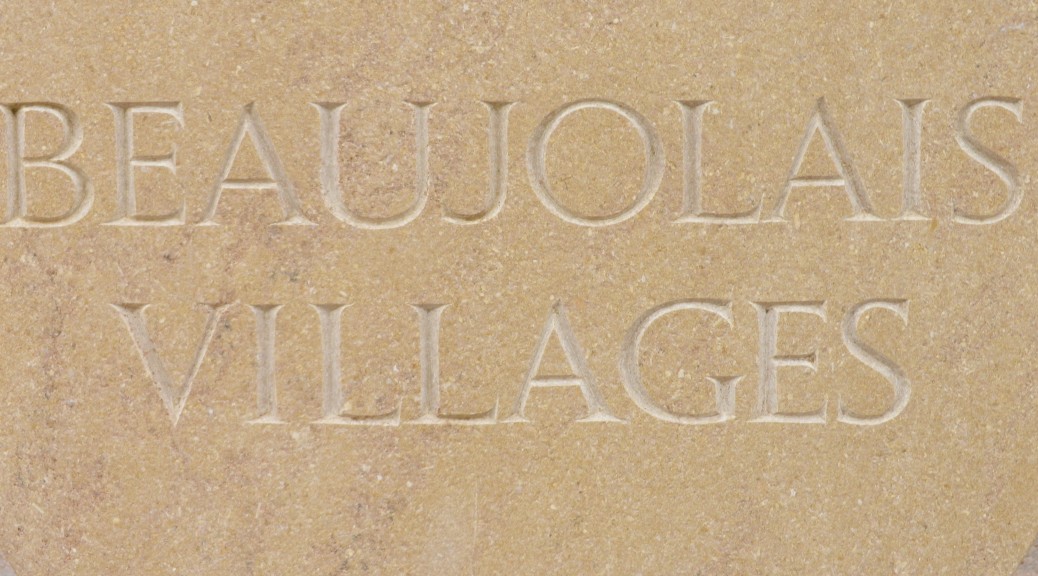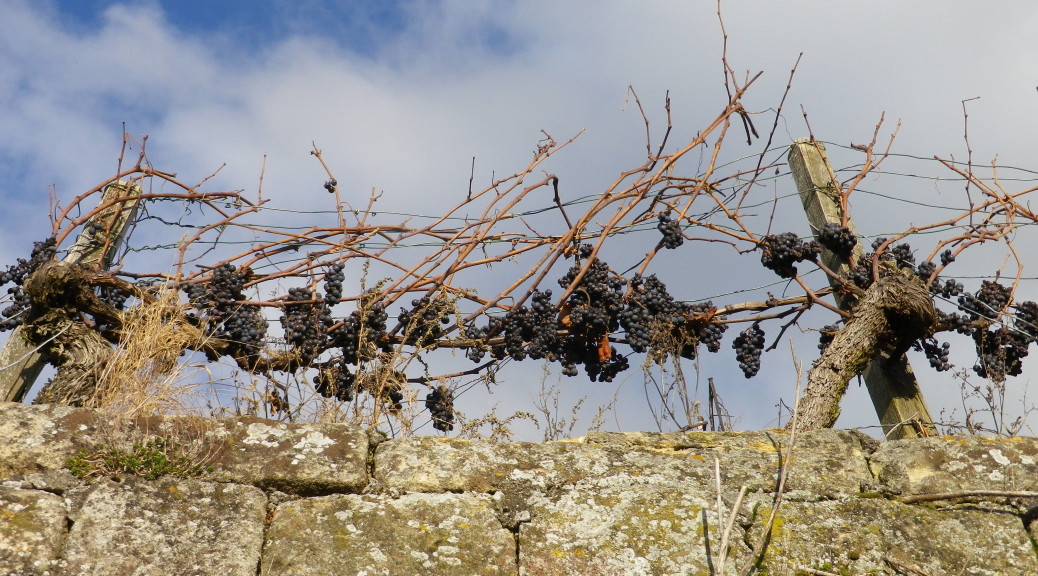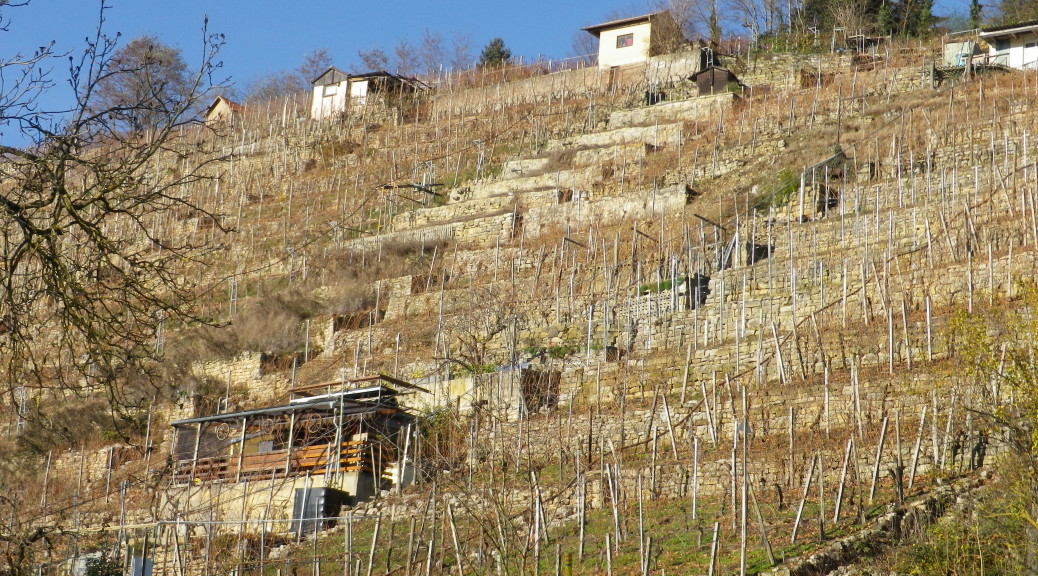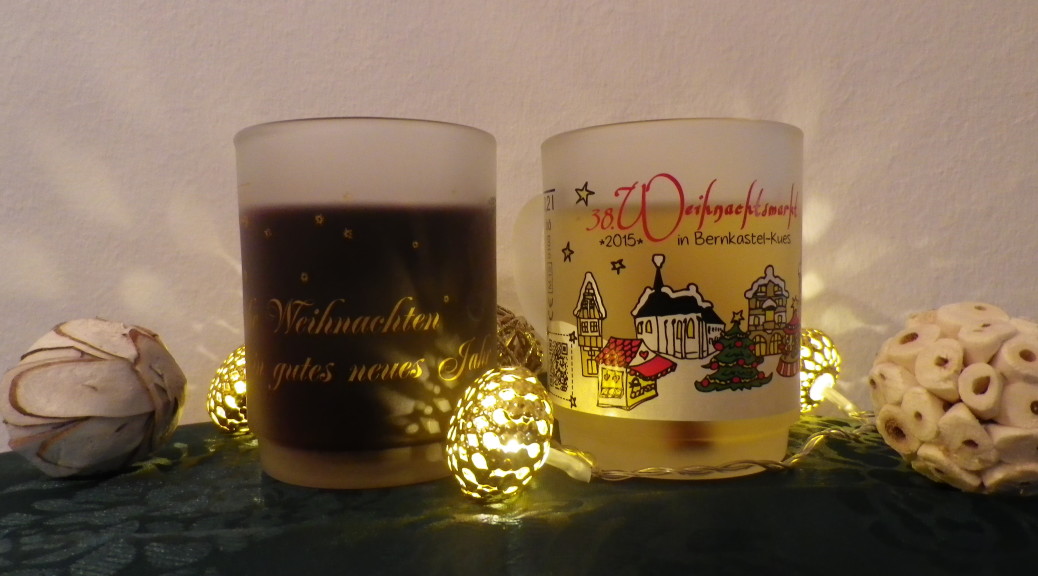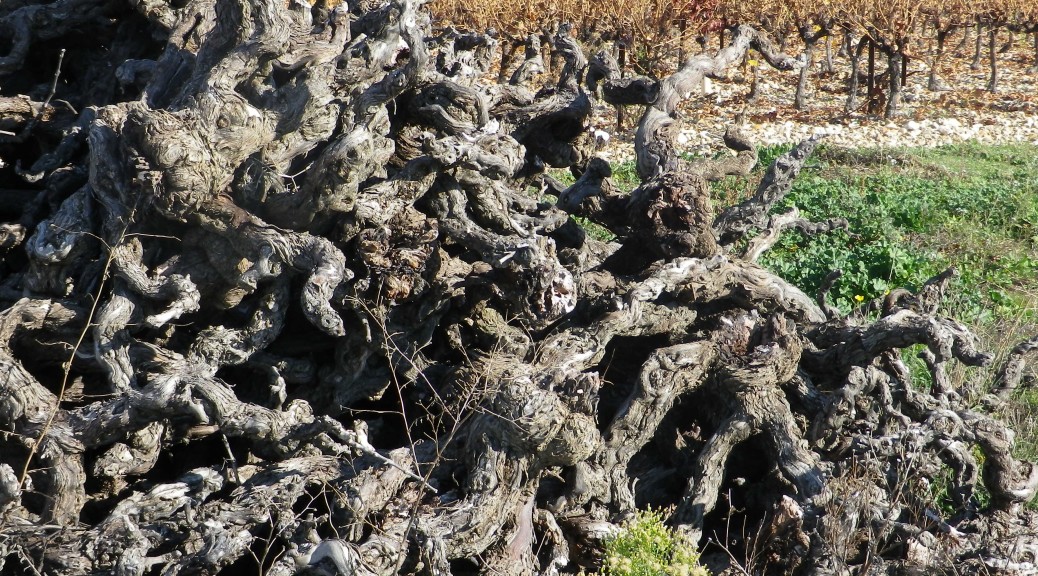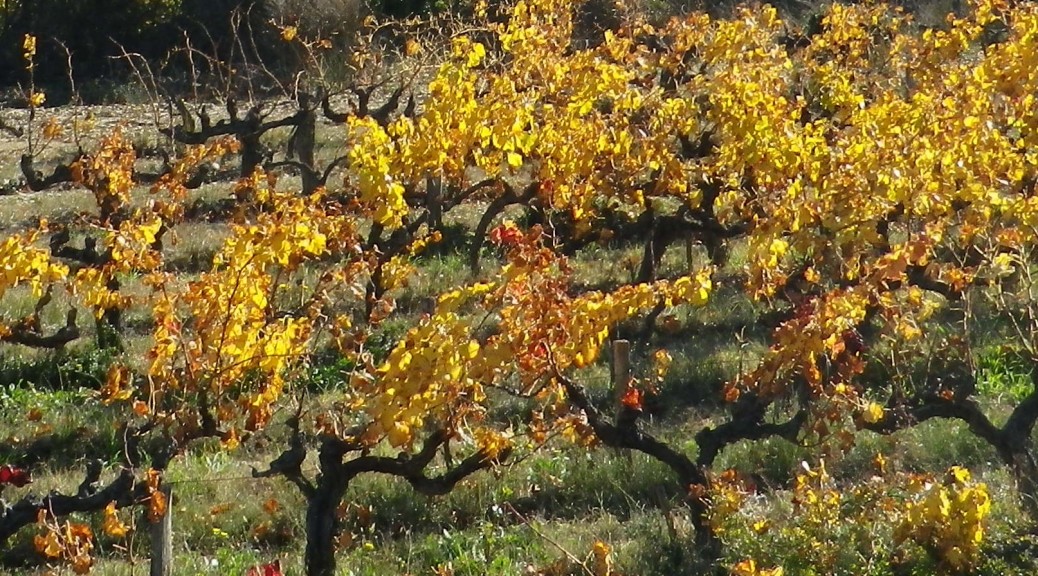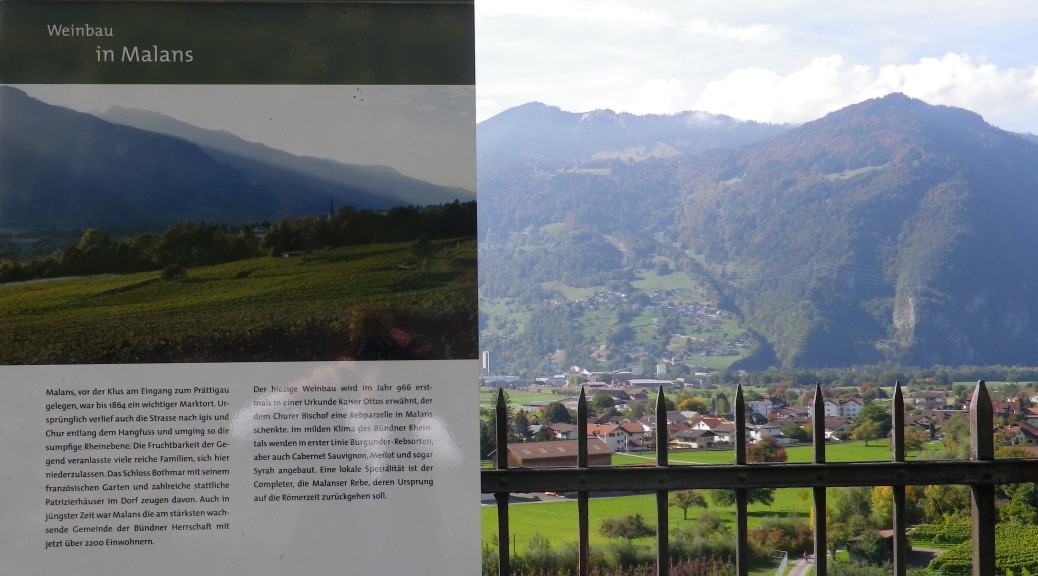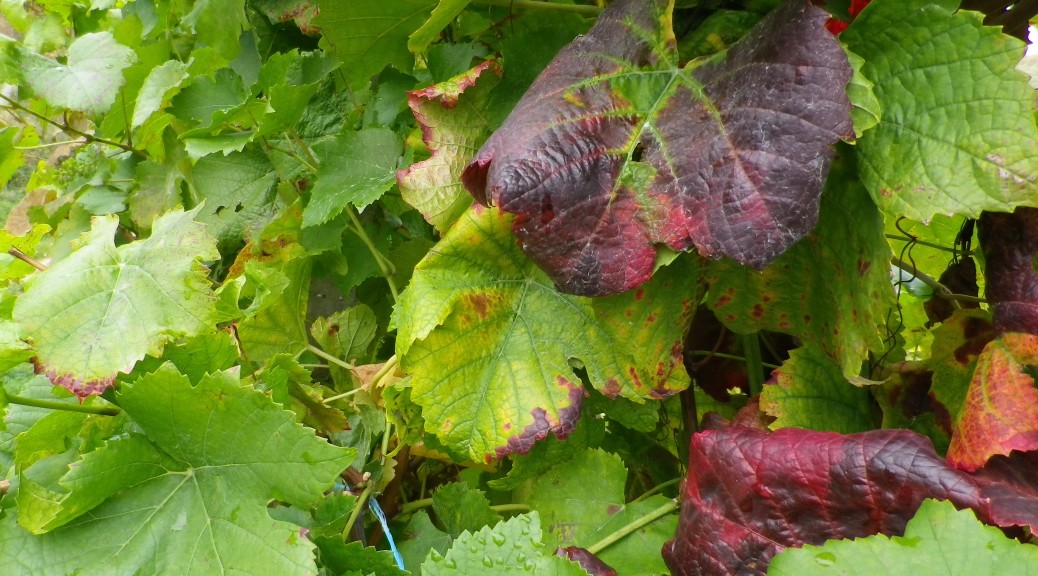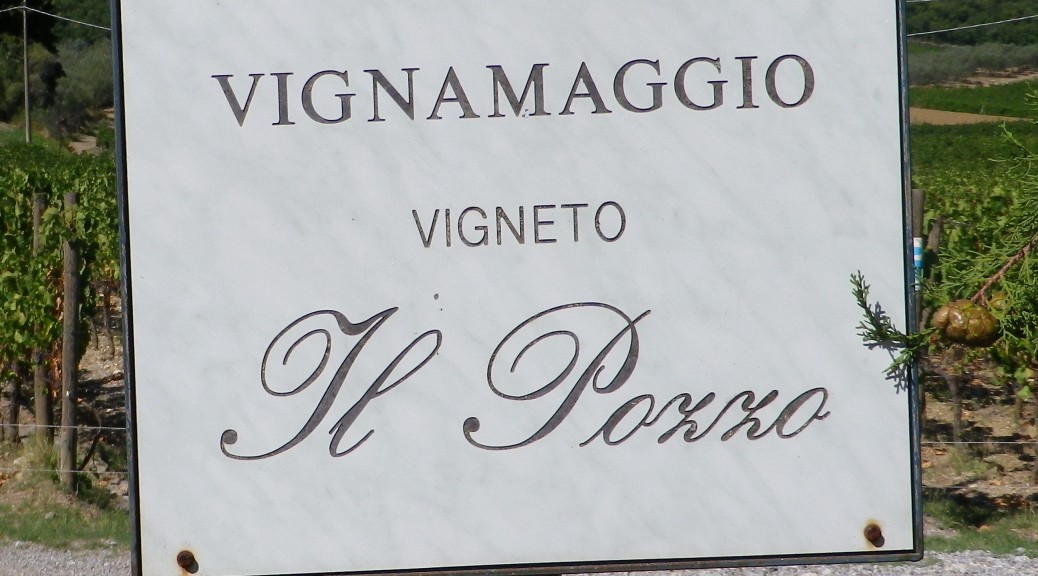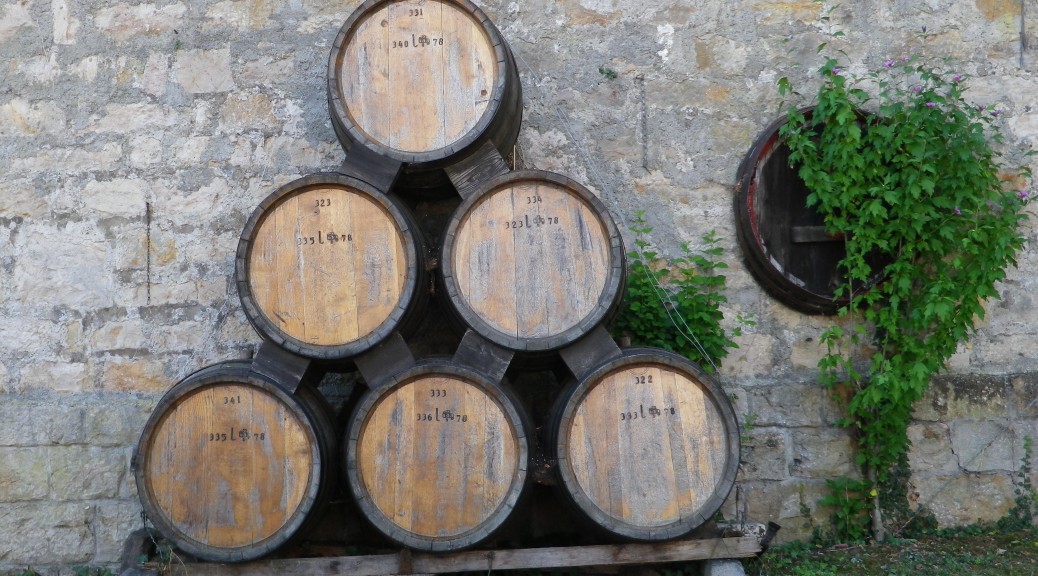What I Learned
Beaujolais falls within the wine region of Burgundy, although it is outside the political boundaries of the region. It has three different quality levels: a simple Beaujolais produced in the southern-most reaches of this area; a Beaujolais-Village appellation; and in the northern part of this wine region, ten villages with their own appellations due to their special crus. It is a singular geological area of often steep hills and hidden valleys. Schist and granitic soils in the Beaujolais give a distinctive minerality to the wines. The best of these wines, the ten villages/areas of appellation (Brouilly, Chenas, Cote de Brouilly, Chiroubles, Fleurie, Julienas, Morgon, Moulin a Vent, Regnie, Saint-Amour) offer good value for quality wines. Overall, there are 12 different appellations within the Beaujolais region to look for on a bottle label.
